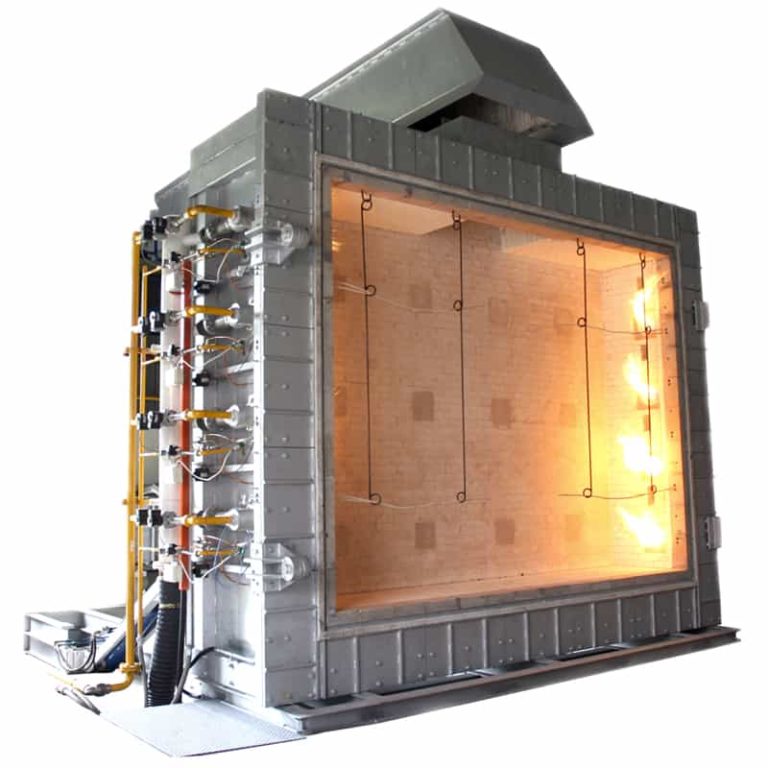




One often-overlooked aspect of home safety is treating drapes and curtains to prevent them from fueling a blaze. These fabrics can quickly spread flames if not properly handled, putting lives and property at risk. This guide will show you how to safeguard your window coverings and make your living space more secure.
Window coverings add style and function to a home but can also pose serious risks if not addressed properly. Knowing the potential dangers and relevant safety regulations helps create a more secure living environment.
Many fabrics, including cotton, rayon, and synthetic blends, ignite easily when exposed to open flames, faulty wiring, or cigarette embers. Dust buildup can make them even more susceptible to burning, accelerating the spread of a fire.
Organizations like the National Fire Protection Association (NFPA) and the Consumer Product Safety Commission (CPSC) set important guidelines to reduce risks. Standards such as NFPA 701 help ensure textiles meet safety requirements, making it easier for homeowners to choose safer options.
Applying protective treatments to curtains and drapes is a smart way to enhance safety. Opting for flame-resistant materials or treating existing ones with fire inhibitor coatings significantly lowers the chance of ignition. Investing in safer window coverings is a proactive step toward a more secure home.
| Fire Hazard | Risk Level | Mitigation Strategies |
|---|---|---|
| Flammable Textiles | High | Use fire-resistant fabrics, treat with flame retardants |
| Accumulated Dust and Debris | Moderate | Regular cleaning and maintenance |
| Proximity to Heat Sources | High | Avoid placing window treatments near open flames or electrical hazards |
By understanding the risks of home textiles, following safety guidelines, and treating window coverings with protective solutions, you can help safeguard your home and family. This is an important step in preventing hazards.
Choosing the right material for window treatments is key to safety. Fortunately, many options are designed to resist flames and slow their spread, providing extra protection.
Some fabrics naturally offer this resistance, including:
| Fabric Type | Fire-Resistance Properties | Advantages |
|---|---|---|
| Wool | Inherently fire-resistant, self-extinguishing | Natural fiber, environmentally friendly |
| Fiberglass | Highly fire-resistant, doesn’t easily ignite | Durable, low maintenance |
| Chemically Treated Cotton/Polyester | Flame-inhibitor properties through chemical treatment | Wider range of design options, customizable |
When selecting materials for your curtains, consider both safety and aesthetics. Also, think about durability and upkeep to ensure long-lasting protection without compromising style.
Specialized treatments can enhance the safety of your window coverings. These methods, applied by professionals, help reduce risks and meet safety standards.
Experts offer various solutions, including chemical applications, thermal processes, and fabrics designed for resistance. With certified professionals, you can be confident that your drapes meet required safety measures.
The cost of professional treatments depends on the size, material, and method used. While there’s an upfront investment, the long-term benefits make it worthwhile.
Sprays designed for fabric protection are an easy way to enhance safety. However, proper application is key.
Follow manufacturer guidelines and reapply as needed to maintain effectiveness over time.
To keep window treatments in top condition, follow proper care routines. Regular cleaning prevents dust buildup, which can reduce effectiveness. Check with manufacturers or professionals to determine when reapplication is necessary.
| Factor | Impact on Fire Resistance | Recommended Maintenance |
|---|---|---|
| Exposure to sunlight | Can degrade flame-inhibitor properties over time | Rotate curtains or use blackout lining to minimize UV exposure |
| Frequent washing | May reduce the effectiveness of fire-resistant treatments | Follow care instructions and use gentle, high-quality detergents |
| Heavy usage and wear | Can compromise the integrity of the fire-resistant fabric | Replace curtains or drapes when they show signs of significant wear and tear |
By monitoring resistance longevity, maintaining flame-inhibitor treatments, and following a reapplication schedule, your window treatments will keep protecting your home for a long time.

Keeping your window treatments safe from fire is key. It’s vital to know how to check if they’re working right. We’ll look at what you can do at home and with professional help to make sure your drapes and curtains are safe.
At home, you can do simple tests to see if your window coverings are fireproof. One common method is the candle test. You light a candle and hold it close to the fabric. If it doesn’t catch fire or keep burning after you blow out the candle, it’s good.
Another test is the match test. Hold a lit match over the fabric quickly. If it doesn’t keep burning, it shows the fabric is flame-resistant.
For a detailed check, get a professional safety expert to inspect your window treatments. These inspections use special equipment and methods to check if the fabric meets NFPA safety standards. The inspector will look at the fabric’s NFPA 701 rating to make sure it’s safe.
Safety with window treatments is often overlooked, but it’s critical for maintaining a secure environment. Here are a few more pointers to keep in mind:
Use Flame-Resistant Fabrics: Not all fabrics are created equal when it comes to resistance. Opt for flame-resistant curtains or drapes, which are treated to slow down or prevent spreading. These are particularly useful in areas near fireplaces, kitchens, or in homes with a lot of electrical equipment.
Check the Window Treatment Hardware: It’s not just the fabric—curtain rods and hooks can get hot under certain conditions. Make sure they are securely installed and not made from materials that can catch easily.
Keep the Curtains Away from Heating Vents: In colder months, your heater might be running full blast. Make sure curtains are positioned far enough away from any air vents to avoid them being caught in hot air currents.
Invest in Automatic Flame Sensors: While you’re at it, consider installing a smoke alarm or even a flame sensor near windows. These can give you an early warning if the worst happens.
Don’t Overload Electrical Outlets: Sometimes, the risk comes from behind the curtains. Make sure outlets near window treatments aren’t overloaded with multiple devices that could short circuit and start a blaze.
With these small steps, you’ll add an extra layer of protection to your home.
| Maintenance Tip | Frequency |
|---|---|
| Inspect for damage or wear | Monthly |
| Clean window treatments | Quarterly |
| Reapply resistant coatings | Annually |
 “Protecting your home and business from fires is one of the most important responsibilities a homeowner can have. Paying attention to our prevention tips for window treatments is an essential part of that process.”
“Protecting your home and business from fires is one of the most important responsibilities a homeowner can have. Paying attention to our prevention tips for window treatments is an essential part of that process.”
Fireproofing drapes and curtains is crucial for home safety. Window treatments often go unnoticed, but they can serve as a key barrier against flames. Choosing the right fabrics or treating them with the proper sprays gives your home a better chance at slowing down the spread of heat and smoke.
The important part is understanding which fabrics resist heat naturally and which ones need extra protection. Whether you’re using sprays on fabric or selecting material that’s already rated for resistance, it’s not just about meeting standards—it’s about protecting lives. Staying on top of safety guidelines goes beyond having an extinguisher in the kitchen; it’s about making your entire home safer.
For drapes, shades, and curtains, it’s a small investment that can make a big difference. Do you use any particular methods for this in your own space?
Whether you get help from experts or do it yourself, staying safe is the main goal. Fireproofing your window treatments is a big step.
Protected by Security by CleanTalk